Paronychia, commonly known as bacterial nail infection, is inflammation of the region of the finger or toe from which the nail plate originates, which is called the proximal nail fold (PNF) This inflammation may occur in the short term (acute) or may be a longterm problem or one that keeps coming back (chronic) Most fungal nail infections occur as a result of the fungi that cause athlete's foot infecting the nails These fungi often live harmlessly on your skin, but they can sometimes multiply and lead to infections The fungi prefer warm, dark and moist places like the feet You're more likely to get a fungal nail infection if you Paronychia is an infection of the skin around the nail of at least one finger or toe It typically develops around the edges of the nail at the bottom or sides This skin infection causes
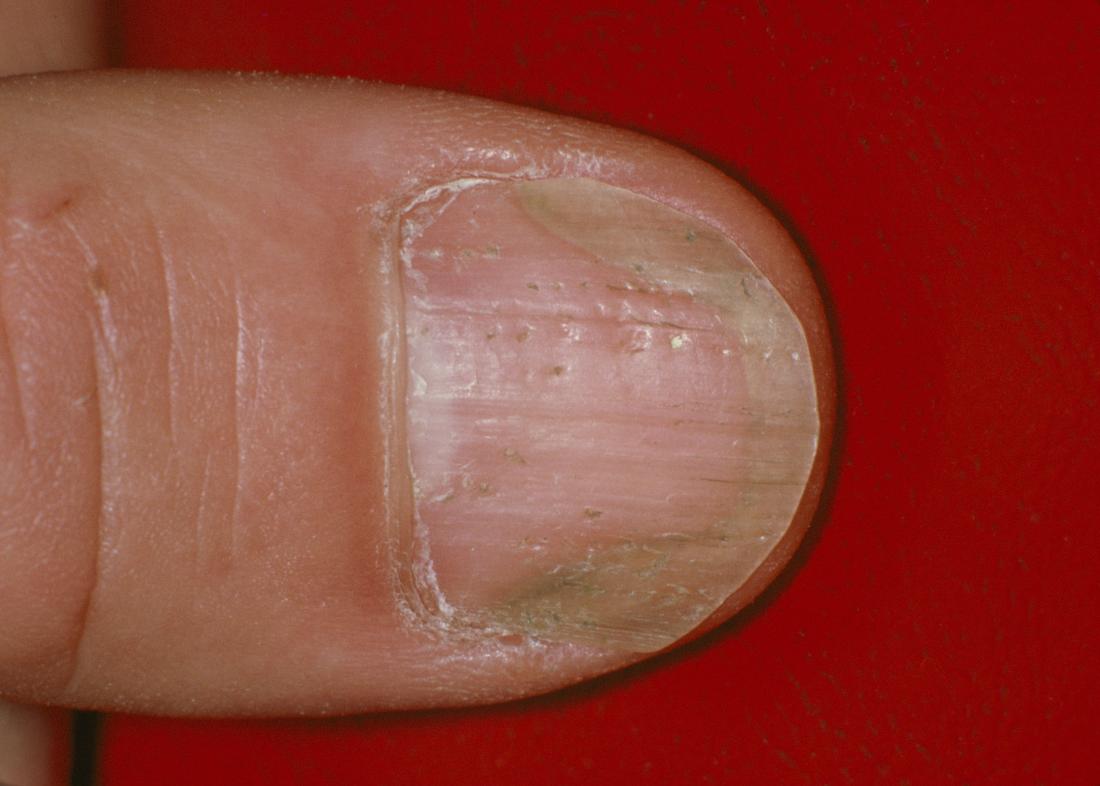
Nail Psoriasis Or Fungus Differences Symptoms And Outlook
Fingernail infection under nail
Fingernail infection under nail-Yeast infections in the nails will cause the bottom area of the nail just below the cuticle to swell This area will be painful to touch and there may also be puss in the nail as it is infectedDark areas near the cuticle of the nail (subungual lesions) These look like bruises under the nails, and are usually along the bottom edge of the nail, near the cuticle These kinds of color changes can be seen in nail cancer (called melanoma) and can also be a side effect of some types of drugs used to treat cancer
/onycholysis-onychomycosis-011e734b850f4e898cd876492844bfb5.jpg)



Causes Of A Loose Toenail Or Fingernail
Fungal infection Another possible cause is a fungal nail infection, also known as onychomycosis It occurs when a fungus on your skin infects the fingernail ItNail infection is also known as paronychia It is an infection of the nail bed and the areas surrounding the toenail or fingernail It is a common nail condition and if not treated, it may spread to the whole figure or toe There are two types of paronychia as named below Acute paronychia In a finger, infection can happens in some areas, but the most frequently affected part is around the nail beds Despite its small size, finger infection can be disturbing and painful, since we do a lot of movements with it When treated improperly or carelessly, finger infection can cause complication leading to finger loss
Nail Hygiene Appropriate hand hygiene includes diligently cleaning and trimming fingernails, which may harbor dirt and germs and can contribute to the spread of some infections, such as pinworms Fingernails should be kept short, and the undersides should be cleaned frequently with soap and water Because of their length, longer fingernailsNail Infections of various types occur in about percent of the adult population worldwide To treat a nail infection naturally we need to first understand the cause of infection There are hundreds of home remedies on internet but every home remedy will not work for every nail infection and every individual A finger infection caused by paronychia usually involves the tissue at the edges of the fingernail Bacteria cause most types of finger infections The exception to this is the herpetic whitlow, which is caused by a virus How the infection starts and is found in a particular location is what makes each specific type of infection unique
Fungal Nail Infection Another common infection that is seen by hand surgeons is a fungal infection of the nail plate The infection is actually under the nail, in the subungual region These are called onychomycosis, or chronic fungal infection Onychomycosis (tinea unguium) is a fungal infection of the nail bed, matrix or plate Toenails are affected more often than fingernails1, 2 Onychomycosis accounts for one third of integumentary Prevention Avoid injuring your nails and fingertips Don't bite or pick your nails Keep your nails trimmed and smooth Avoid cutting nails too short Don't scrape or trim your cuticles, as this can injure the skin Use clean nail clippers or scissors




How To Stamp Out Toenail And Foot Fungus Everyday Health
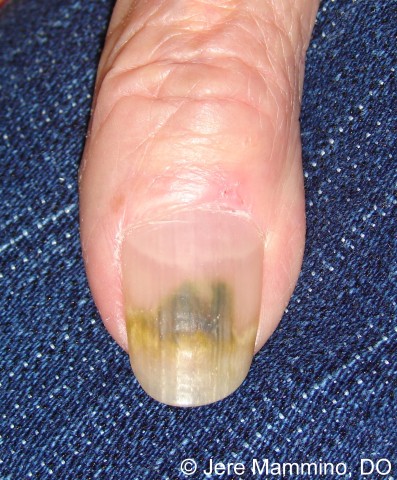



Green Nail Syndrome American Osteopathic College Of Dermatology Aocd
Next Steps Followup If you have been prescribed antibiotics for a finger infection, you must follow the directions and take them for the Often, your doctor will instruct you to keep your hand elevated to prevent swelling This is important and needs to be Wound care will often need to be Soaking Fingernails in Antibacterial Solution For minor nail infections, soaking the fingernails in a dish that has been filled with warm water and antibacterial solution for at least 15 minutes four times a day helps in relieving the pus under the fingernail naturally Apple Cider Vinegar Apple Cider vinegar is another great home remedy for treating infections If fungi overgrows in, under, or on the nail, a fungal nail infection begins Onychomycosis is the medical term given to nail fungal infections Currently, it encompasses at least half of all nail abnormalities Although common, fungal nail infections are one of the most stubborn and challenging to treat
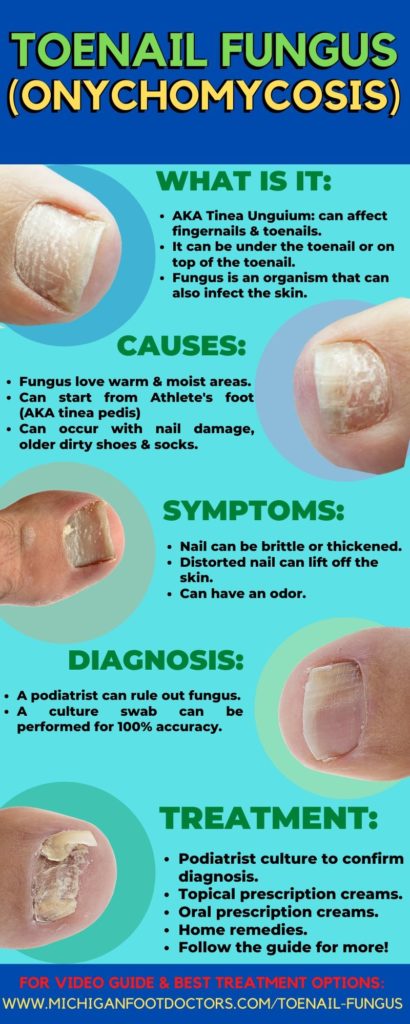



Pseudomonas Nail Infection Causes Symptoms Best Treatment
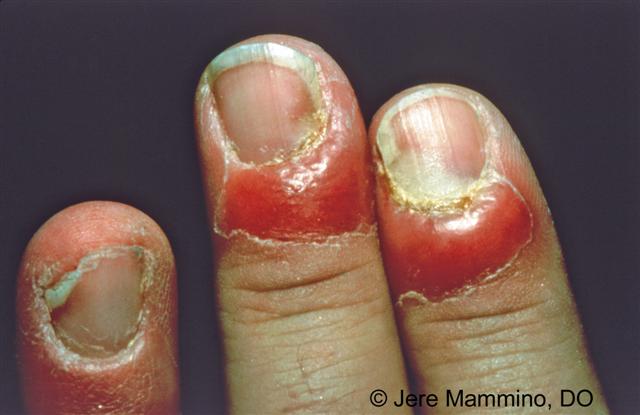



Paronychia Nail Infection American Osteopathic College Of Dermatology Aocd
Fungal infections of the fingernail can cause a yellow to green nail discoloration, thick ridged nails, and fingernail pus In addition, a fungal nail infection can cause the nails to become brittle and even fall off The nails typically change shape and the finger can redden and swell Sometimes, fungal nail infections can cause pain, butThey may be signs of other diseases or abnormalities Sucking on a finger or biting off a nail Improper manicure and pedicure techniques Excessive and frequent contact between fingers and water Irritation induced by chemicals, such as nail polishes and nail glue for artificial nails Paronychia is commonly signed by painful sensation on the finger skin around the nail This infected skin area
:max_bytes(150000):strip_icc()/GettyImages-182688366-5962e8403df78cdc68bb2367.jpg)



How Fungal Nail Infections Are Treated And Diagnosed
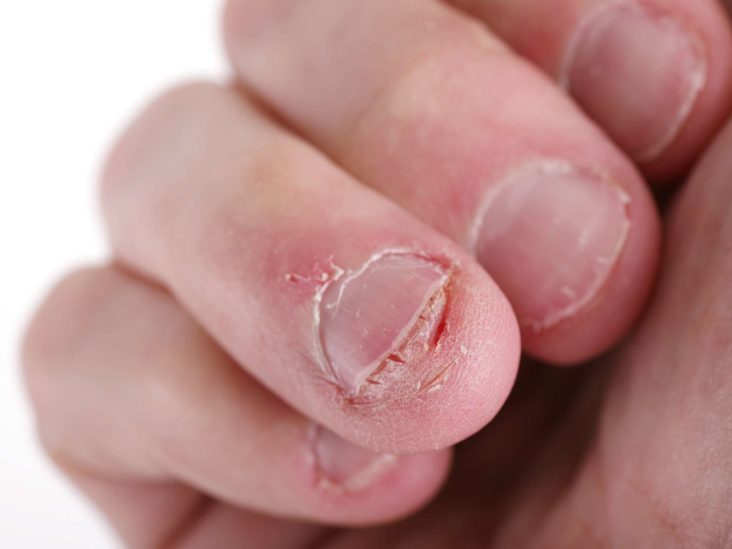



Paronychia Causes And Treatment Of An Infected Nail
Paronychia Treatment 1 Protect Nail Do not remove any part of the nail If an artificial nail is on an infected finger, remove it 2 Reduce Pain and Swelling Soak the affected foot or hand 3 to 4 times daily for minutes inantiseptic solution of 3 When to See a Doctor Symptoms don't Fungus Under Acrylic Nails 'Nail Fungus', I am very much sure you must be aware of this phrase as this is the name of a widely spreading nail disease The nail fungus infection attacks a large number of people worldwide But, I am here to talk about the latest addition to this very unpleasant condition – the 'Acrylic Nail Fungus'Green nail syndrome (GNS) is an infection of the nails that leads to a greenish discoloration of nails, also known as chloronychia The green discoloration varies from bluegreen to dark green to bluishgrey Since the discoloration is underneath the nail, it will not disappear with washing or scrubbing The condition is usually confined to one
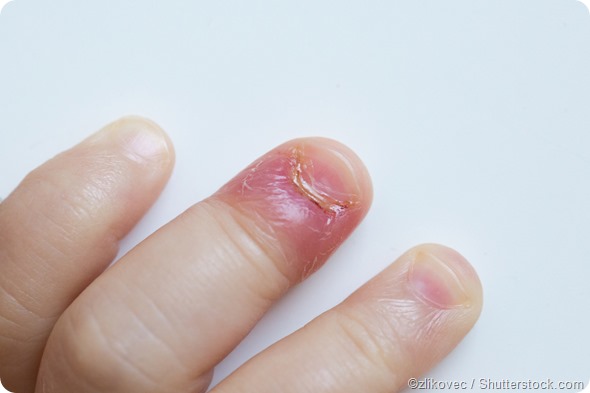



What Are Nail Fold Infections Paronychia




Worst Nail Infections Of All Time Paronychia Youtube
A new medication, terbinafine, is now available for the treatment of toe and finger nail fungal infections Terbinafine is taken once a day for 6 to 12 weeks This medication has less side effects than griseofulvin, but there still is the possibility of side effects A 12 week course of treatment costs $500 and has a 5070% chance of curing theParonychia is an infection of the skin just next to a nail (the nail fold) The infected nail fold looks swollen, inflamed and may be tender There may also Nails are more than simple protective coverings for sensitive fingers and toes Your nails are living, growing parts of your body, and as such, they can get sick just like the rest of your body Infections of the nails and the surrounding skin can result from injury, ingrown nails, split and separated nails and other more serious conditions




Acute And Chronic Paronychia American Family Physician
/GettyImages-1158551410-beafd5e19cc24832be470c3245dd3c2e.jpg)



Skin Infection Around Fingernails And Toenails
Paronychia (pahruhNIKeeuh) is an infection of the skin around a fingernail or toenail The infected area can become swollen, red, and painful, and a pusfilled blister (abscess) may form Most of the time, paronychia is not serious and can be treated at homeThe ideal environment is under the fingernail How the Infection under the Nail Forms The fungus survives and multiplies under the fingernail bed and deprives the nail of its food, which then affects the health of the fingernail When the health of the finger nail deteriorates, these funguses enter in to the nail and cause all kinds of damageA nail infection, or paronychia, is an infection of the skin that surrounds a fingernail The infected tissue can be tender and painful with swelling Paronychia is considered acute if it lasts less than 6 weeks, or chronic if it lasts longer Cleveland Clinic is a nonprofit academic medical center




Toenail Fungus Pictures Of What It Looks Like Treatment Tips
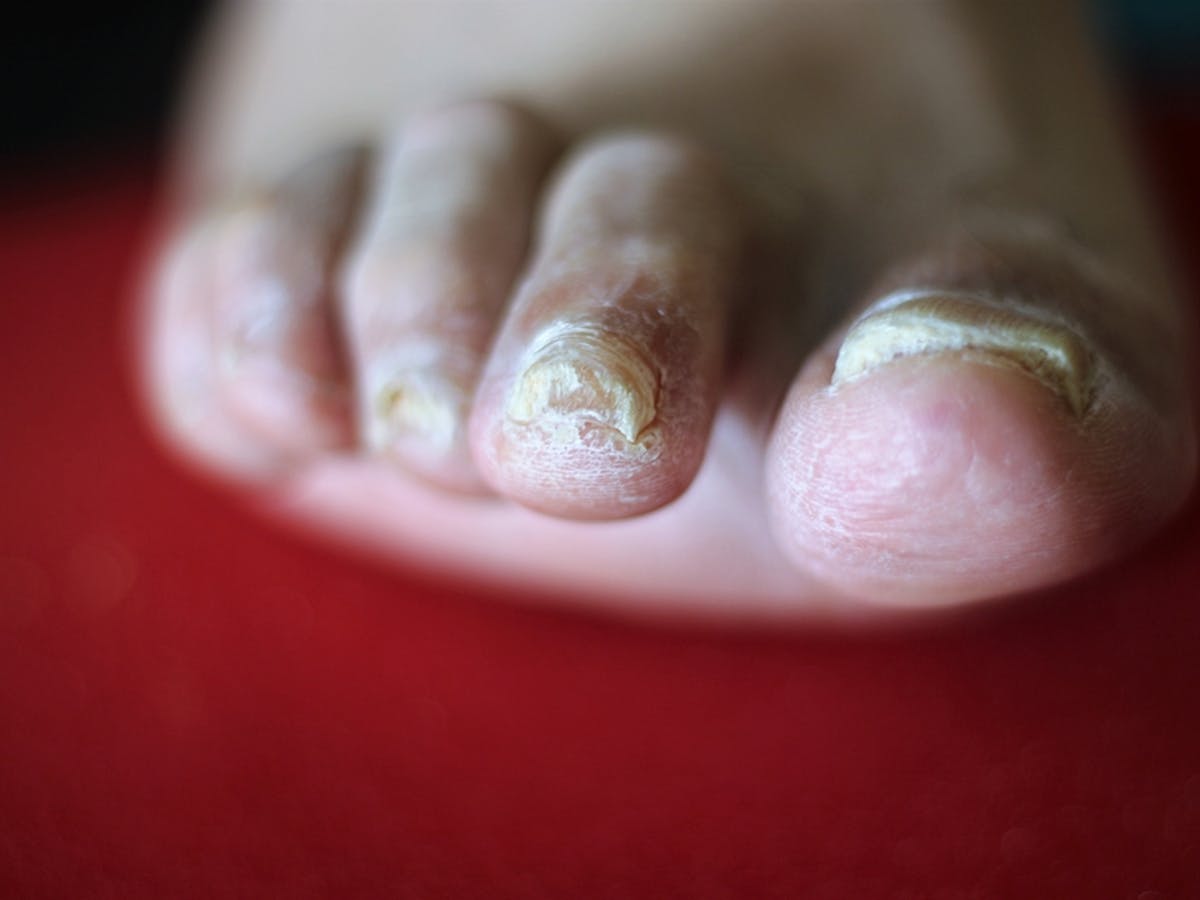



Explainer Why Do We Get Fungal Nail Infections And How Can We Treat Them
Distal subungual infection Distal subungual infections are the most common type of fungal nail infection and can develop in both fingernails andSounds like you have a pseudomonas aeruginosa bacterial infection, known in the nail world as "greenies" or "mold" (which it is not) This is caused when the pseudomonas bacteria gets trapped under the artificial nail either from unsanitary nail The Stages of a Nail Fungal Infection How to Spot a Nail Fungal Infection Nail fungal infection, or onychomysis, is easy to spot However, it is also easy to be mistaken for another nail disorder Yellow nails, brittle nails, or blackened nails don't necessarily mean nail fungus;




9 How To Tell A Bruise Under The Toenail From Toenail Fungus Doc
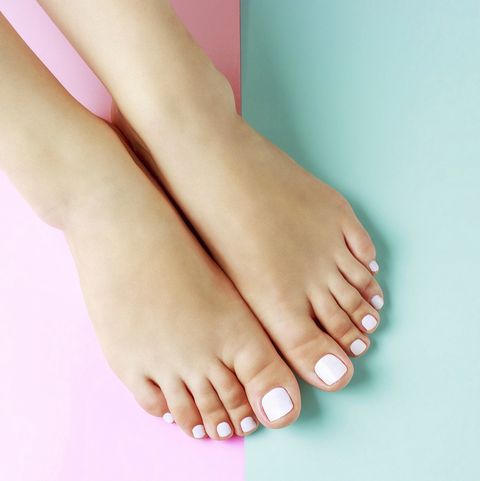



Fungal Nail Infection Toenail Fungal Infection Causes Symptoms And Treatments
Sometimes, though rarely a skin irritation (dermatitis) of nail folds (the skin around the nail) as a reaction to acrylic nails components may occur This can be complicated with a bacterial infection However, the most frequent problem related to acrylic nails is onychomycosis or fungal infection of the nails Fingernail and toenail changes are relatively common during chemotherapy and other cancer treatments, just as many of these therapies can cause hair loss and skin changes While some of these are primarily a nuisance or a cosmetic concern, others can lead to infections or significant pain and discomfortBacterial infection of the nail The Staphylococcus aureus bacterium is a common cause of bacterial infection of the nail Typically, the infection first takes hold in the fold of skin at the base of the nail (proximal nail fold) Without treatment, the infection can worsen, leading to inflammation and pus
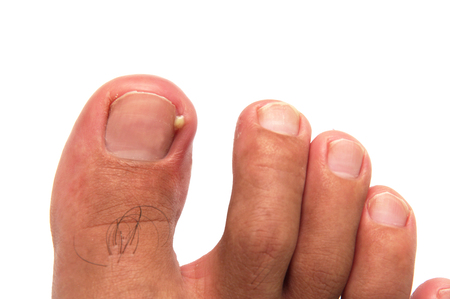



What Is Paronychia Syracuse Podiatry Dr Ryan D Amico
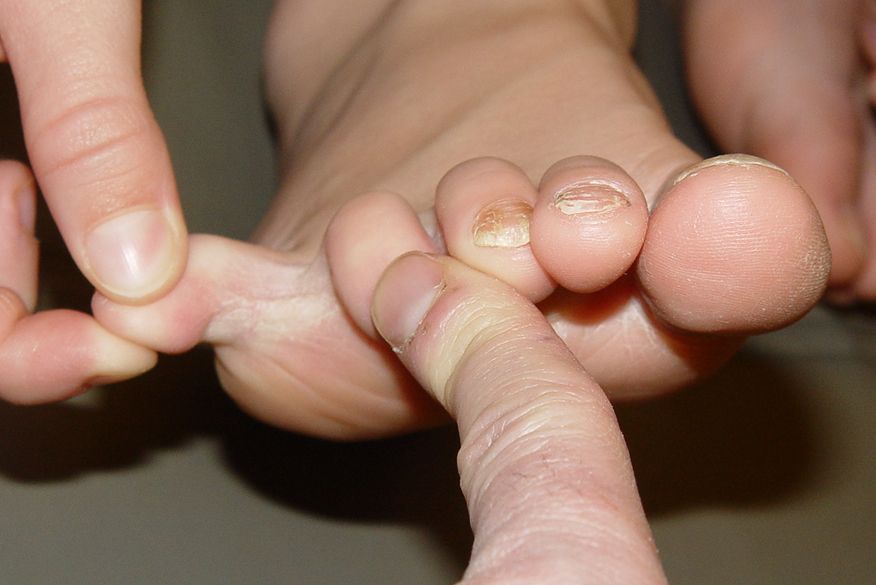



Nail Fungus Symptoms And Treatment Live Science




Paronychia Treatment By 5 Super Effective Home Remedies Paronychia Is A Nail Infec Toenail Fungus Remedies Fingernail Fungus Treatment Nail Infection Treatment




How To Get Rid Of Toenail Fungus With Laser Feet For Life Podiatry Foot Doctor In St Louis And Chesterfield Mo




Hyponychium Under Fingernail Skin Thickening Causes And Treatment
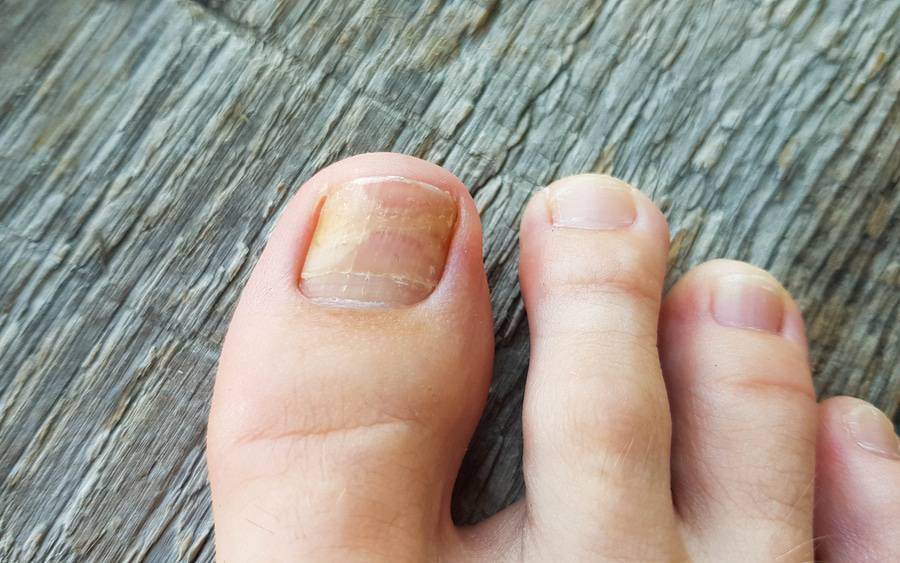



What Are The Best Toenail Fungus Treatments Scripps Health
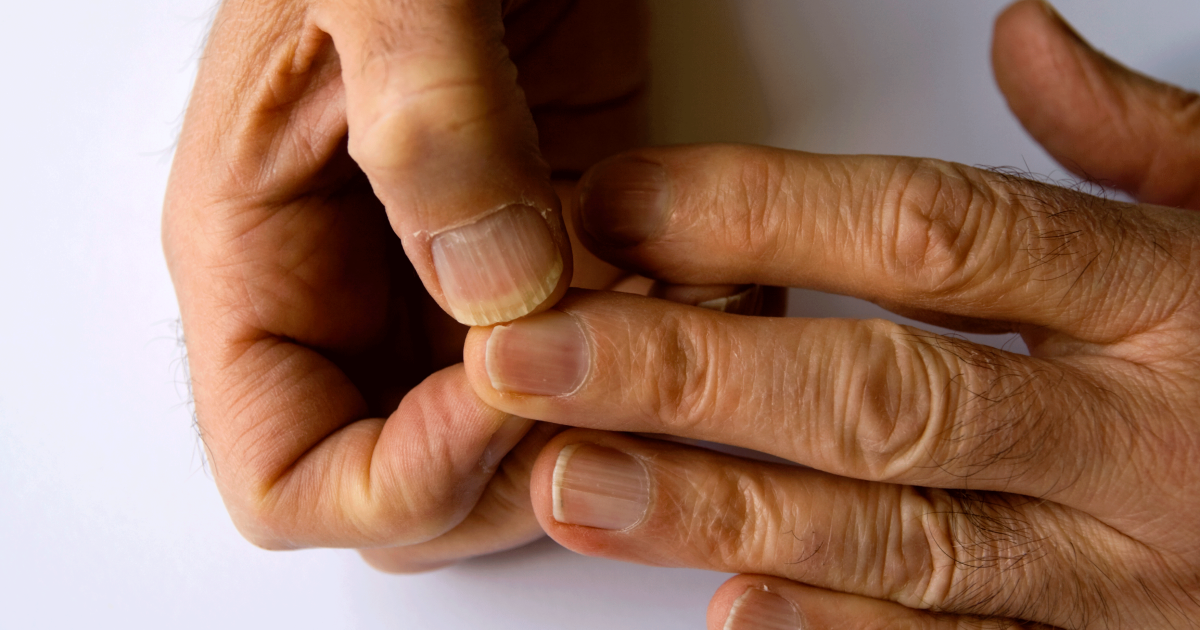



What To Do For Nail Infections Paronychia Treatment




Girl S Nail Biting Infection Nearly Leads To Fingertip Amputation Health Com



Covid Nails Could Be Sign Of Previous Infection Expert Says




Is Toenail Fungus Contagious Neuhaus Foot Ankle Podiatry




Get Rid Of Toenail Fungus Best Medical Remedies And Cures




Paronychia Causes And Treatment Of An Infected Nail
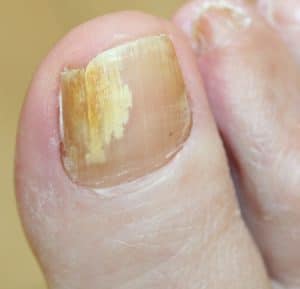



Infected Toenail A Guide To Help Tell What Type Of Infection You Have
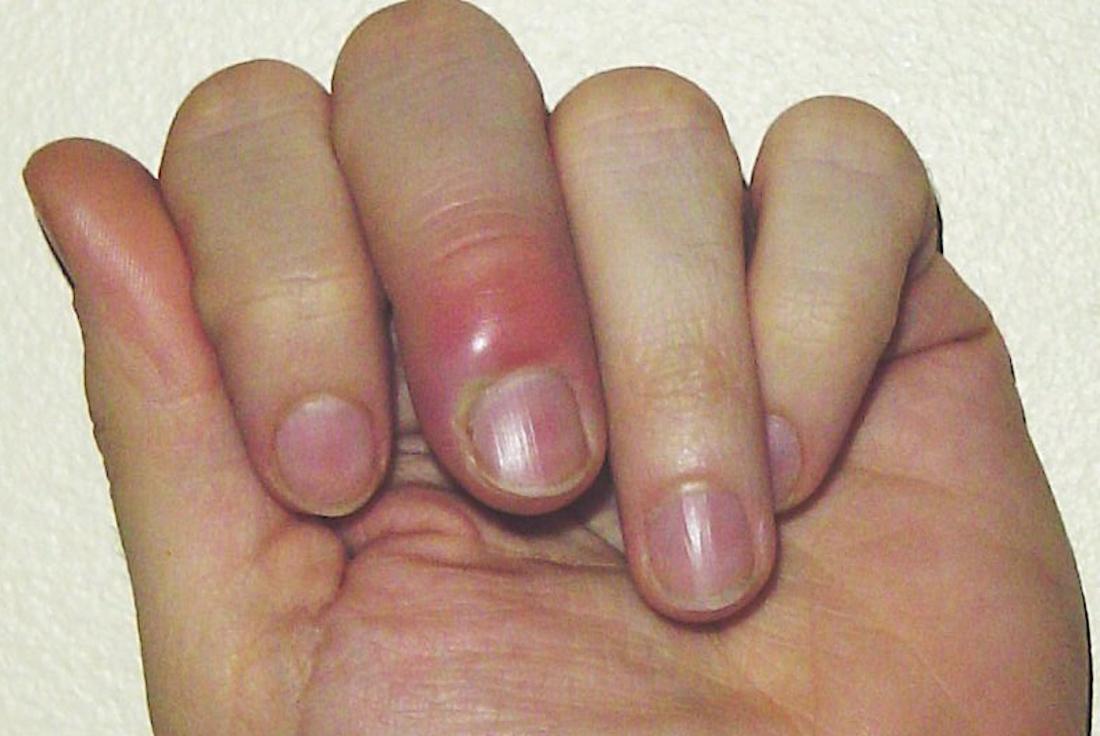



Paronychia Causes And Treatment Of An Infected Nail




Paronychia Causes Symptoms And Diagnosis
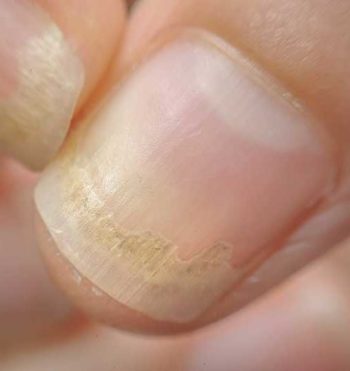



Onychomycosis Nail Fungus




Paronychia Information Mount Sinai New York




Nail Psoriasis Or Fungus Differences Symptoms And Outlook
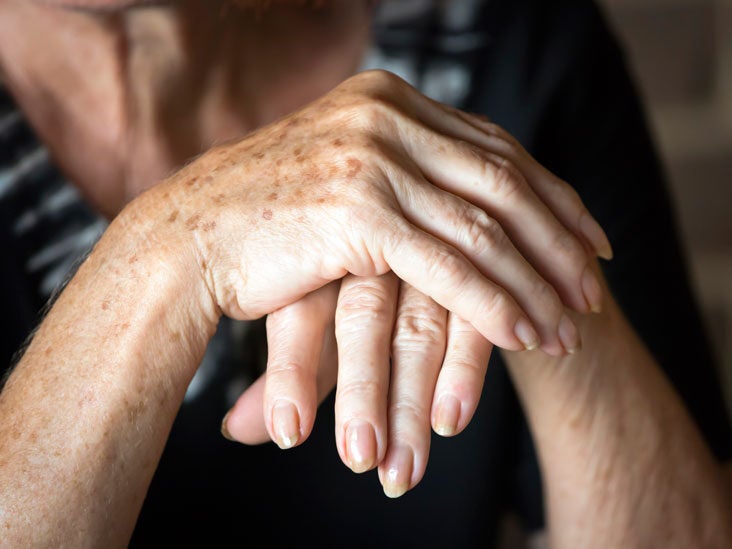



Paronychia Causes Symptoms And Diagnosis




Paronychia Everything You Need To Know Dr Nabil Ebraheim Youtube




Fungal Nail Infection Causes Symptoms And Treatment
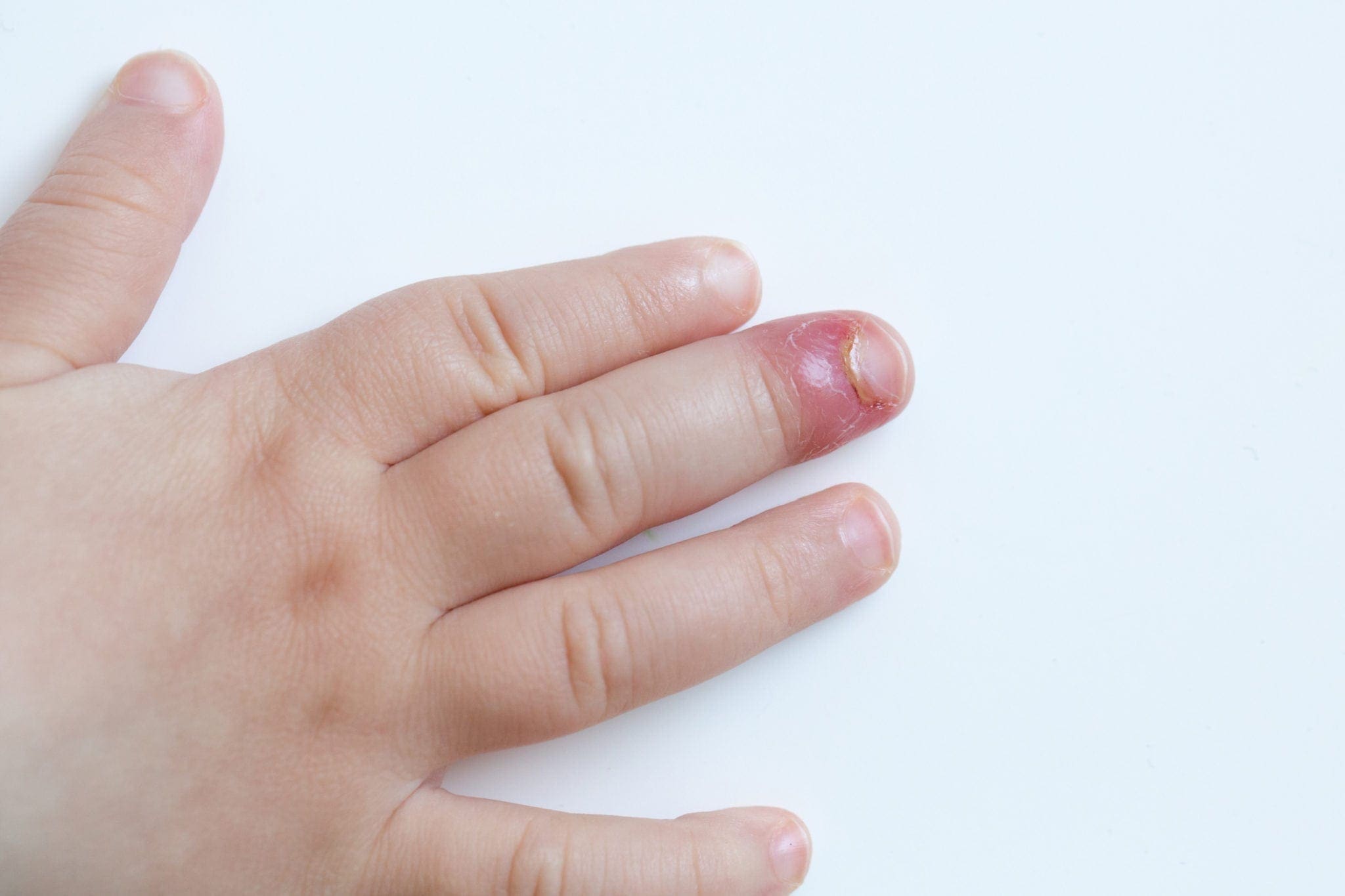



Paronychia Skin Infection Acute And Chronic Familydoctor Org




How To Diagnose Toenail Fungus Toenail Fungus Infections
/onycholysis-onychomycosis-011e734b850f4e898cd876492844bfb5.jpg)



Causes Of A Loose Toenail Or Fingernail




Fungal Nail Infection Nhs
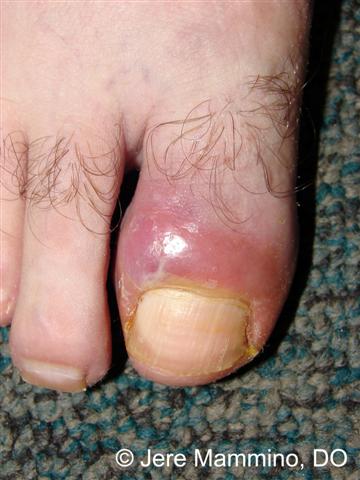



Paronychia Nail Infection American Osteopathic College Of Dermatology Aocd




Laser Treatment For Nail Fungus Removal Irvine Ca
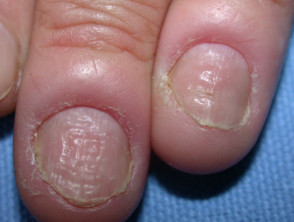



Paronychia Dermnet Nz




Paronychia Anesthesia Key
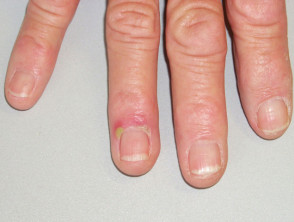



Paronychia Dermnet Nz
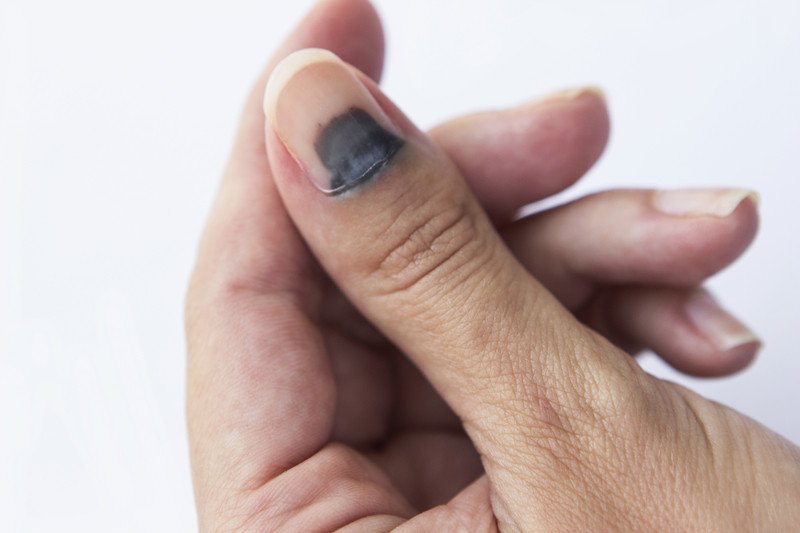



Nail Trauma Guide Causes Symptoms And Treatment Options



Paronychia In A Neonate Pediatrics
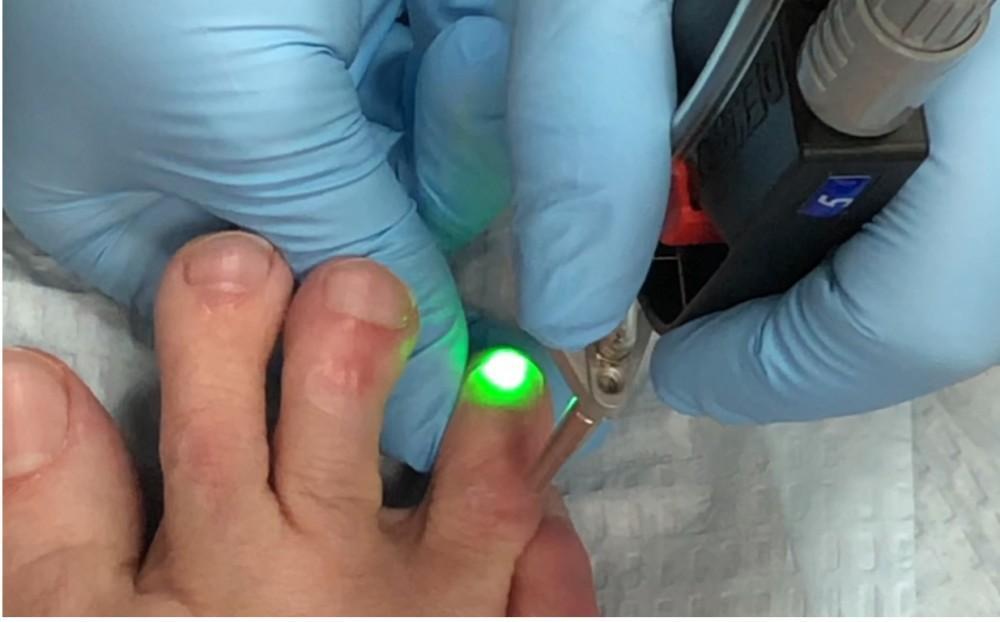



Fingernail And Toenail Fungus Infection Treatment Revive Medical Spa Medical Spa
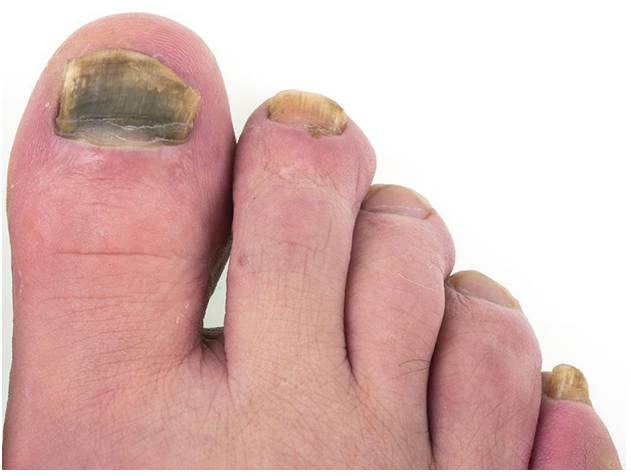



Toenail Fungus Archives Deniel Foot And Ankle Center Ejodamen B Shobowale Dpm
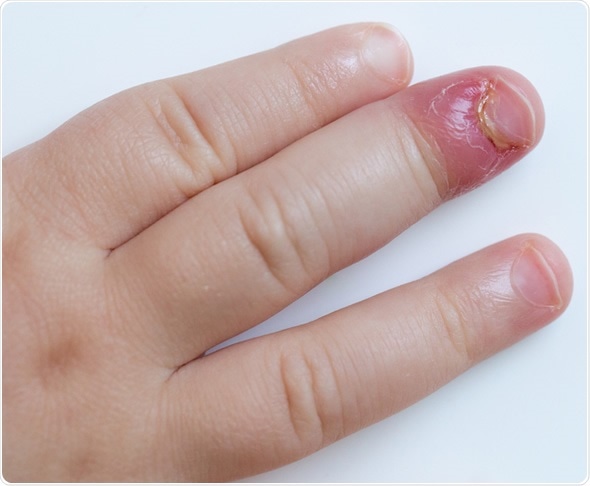



Paronychia Types And Causes



Q Tbn And9gcromtmcq3jbqldvtoknmpzqgo1jmxhgz Zmsh2abcbjihacsu Usqp Cau




Toenail Fungus Pictures Of What It Looks Like Treatment Tips




Nailbed And Finger Infections Bone Talks




Nail Bed Infection Treatment Healing Time Symptoms Pictures
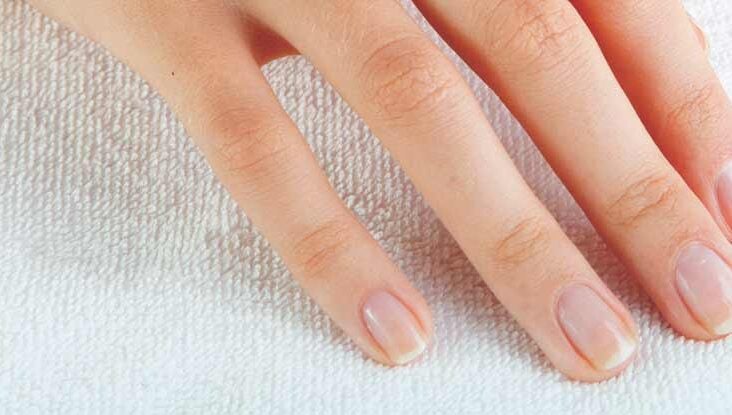



Fungal Nail Infection Overview Causes Treatments
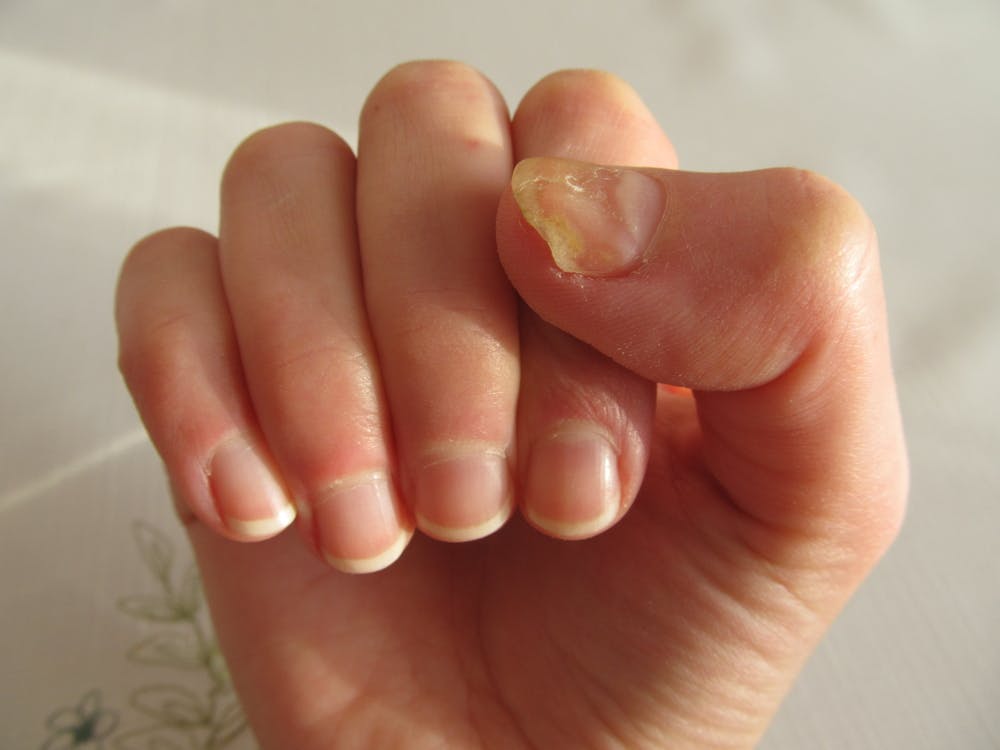



Explainer Why Do We Get Fungal Nail Infections And How Can We Treat Them




Acute Paronychia Dermatologic Disorders Merck Manuals Professional Edition
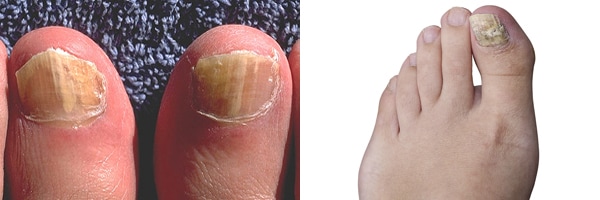



Fungal Nail Infections Fungal Diseases Cdc
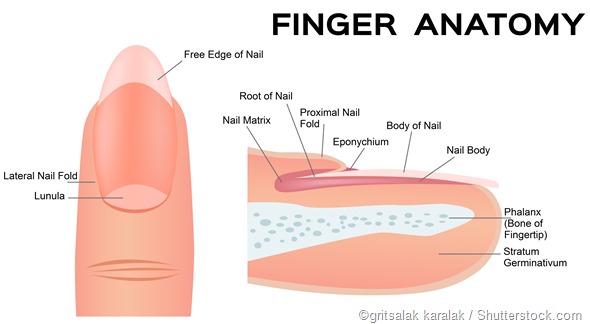



What Are Nail Fold Infections Paronychia




An Atlas Of Nail Disorders Part 1 Consultant360
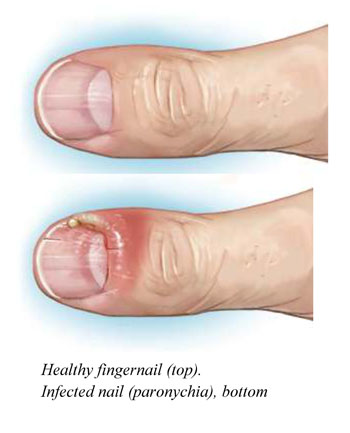



Nail Infection Paroynchia Causes Diagnosis Treatment Prevention
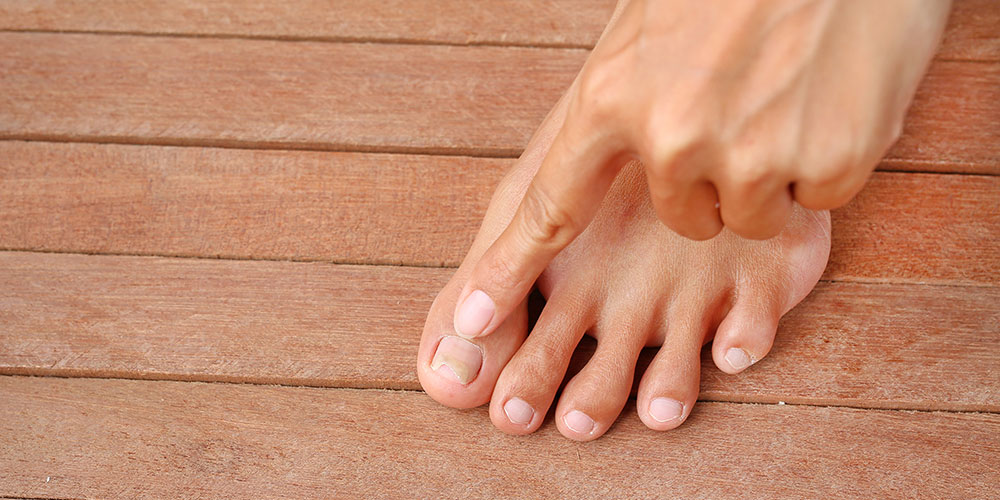



Paronychia Treating And Avoiding Annoying Nail Infections




Staying One Step Ahead Of Toenail Fungus Harvard Health




How To Treat Fungal Nail Effectively The Pharmaceutical Journal




Is It Toenail Fungus Or Something Else Everyday Health




Learn More About What S Going On Beneath The Nail Ingrown Toe Nail Nail Disorders Nail Health
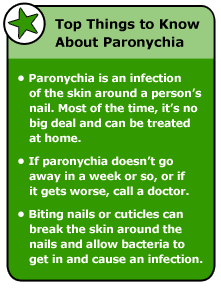



Paronychia Infections
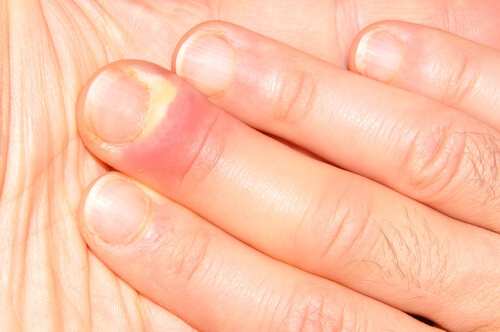



14 Signs Your Nails Are Infected With Paronychia




Toenail Fungus Treatments Weil Foot Ankle Institute
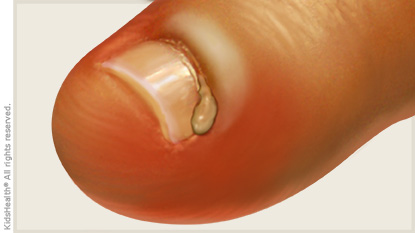



Paronychia For Parents Nemours Kidshealth




Paronychia Infection Of The Skin Medial And Inferior Grepmed
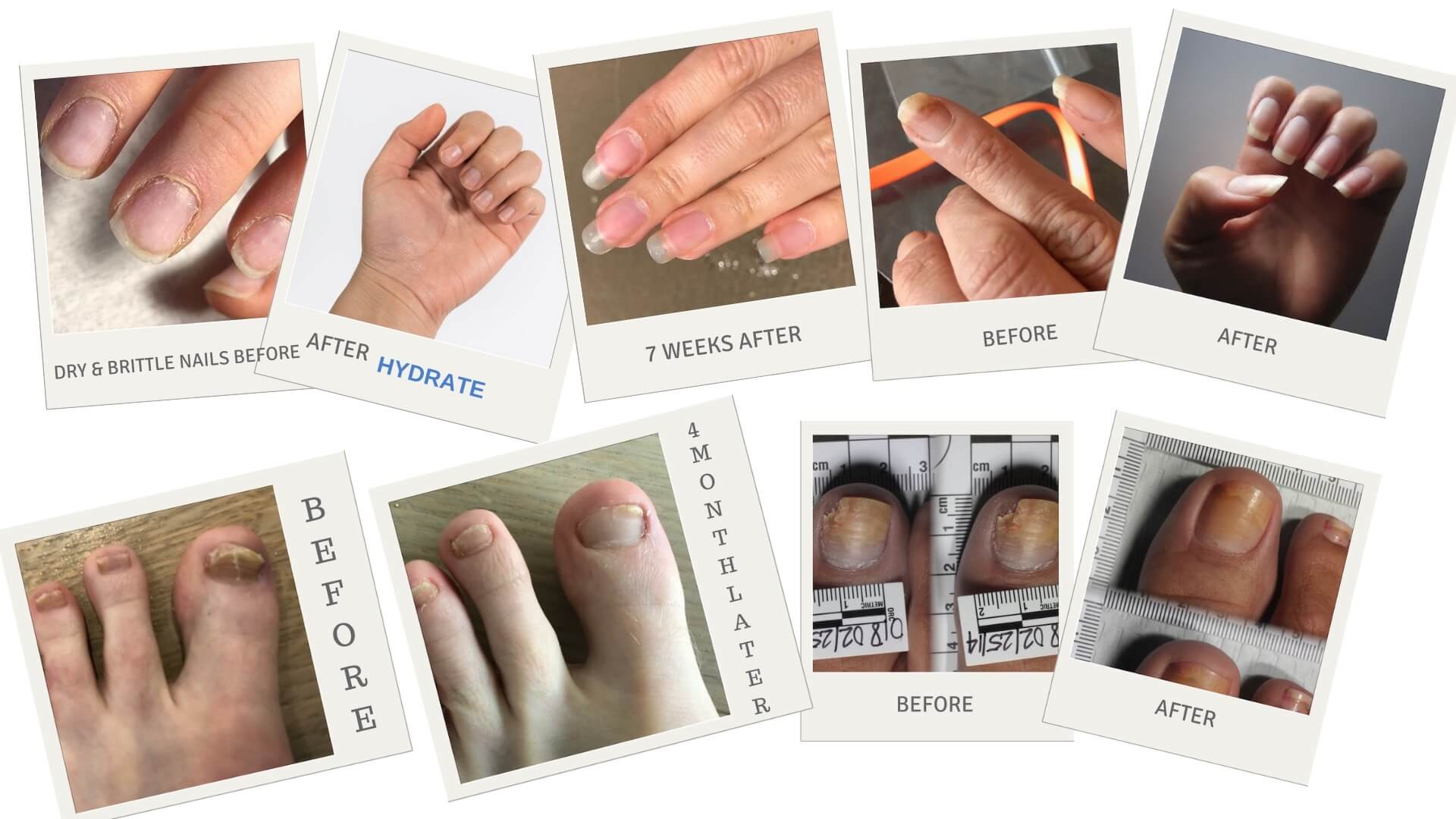



Is Nail Fungus Contagious Preventing Toenail Fingernail Fungus



3




Chronic Paronychia Dermatologic Disorders Merck Manuals Professional Edition




Prevention And Treatment Of Toenail Fungus Everyday Health
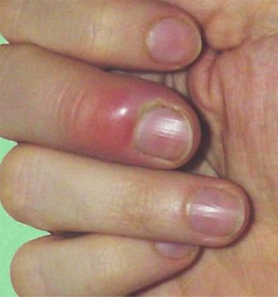



Paronychia Treatment In Dallas The Hand And Wrist Institute




What Is Toenail Fungus Common Foot Aliaments Dr K Naftulin
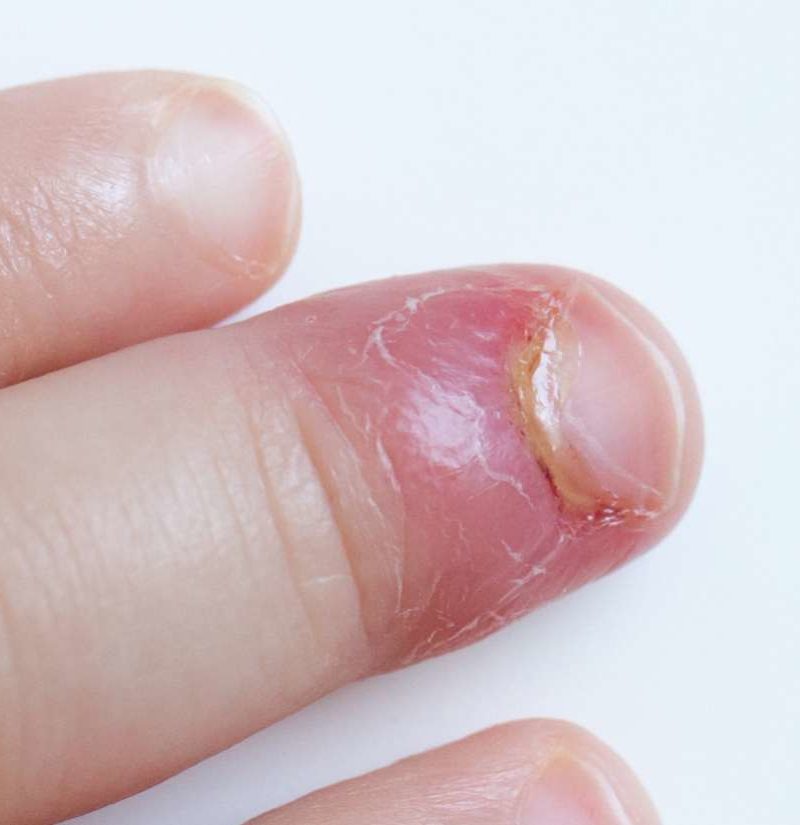



Paronychia Causes And Treatment Of An Infected Nail
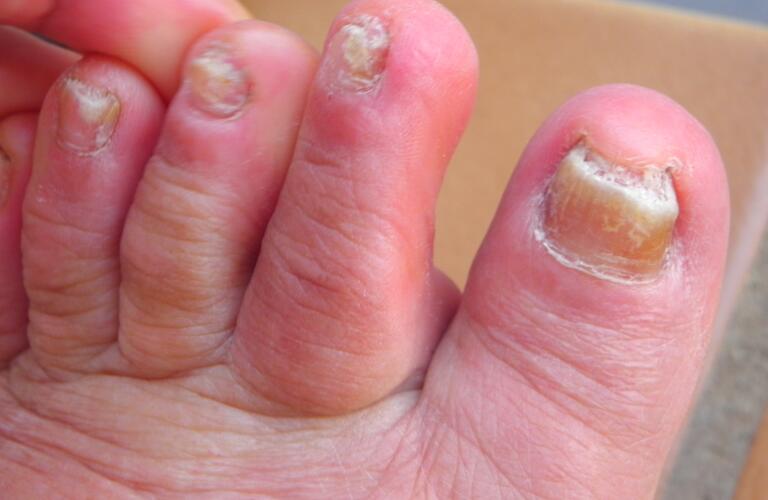



Toenail Fungus Pictures Treatment Home Remedies Medication



1



1
/GettyImages-11585515251-b7f776ee60fd4cc192dfdc790a70e75d.jpg)



Paronychia Symptoms Causes Diagnosis And Treatment
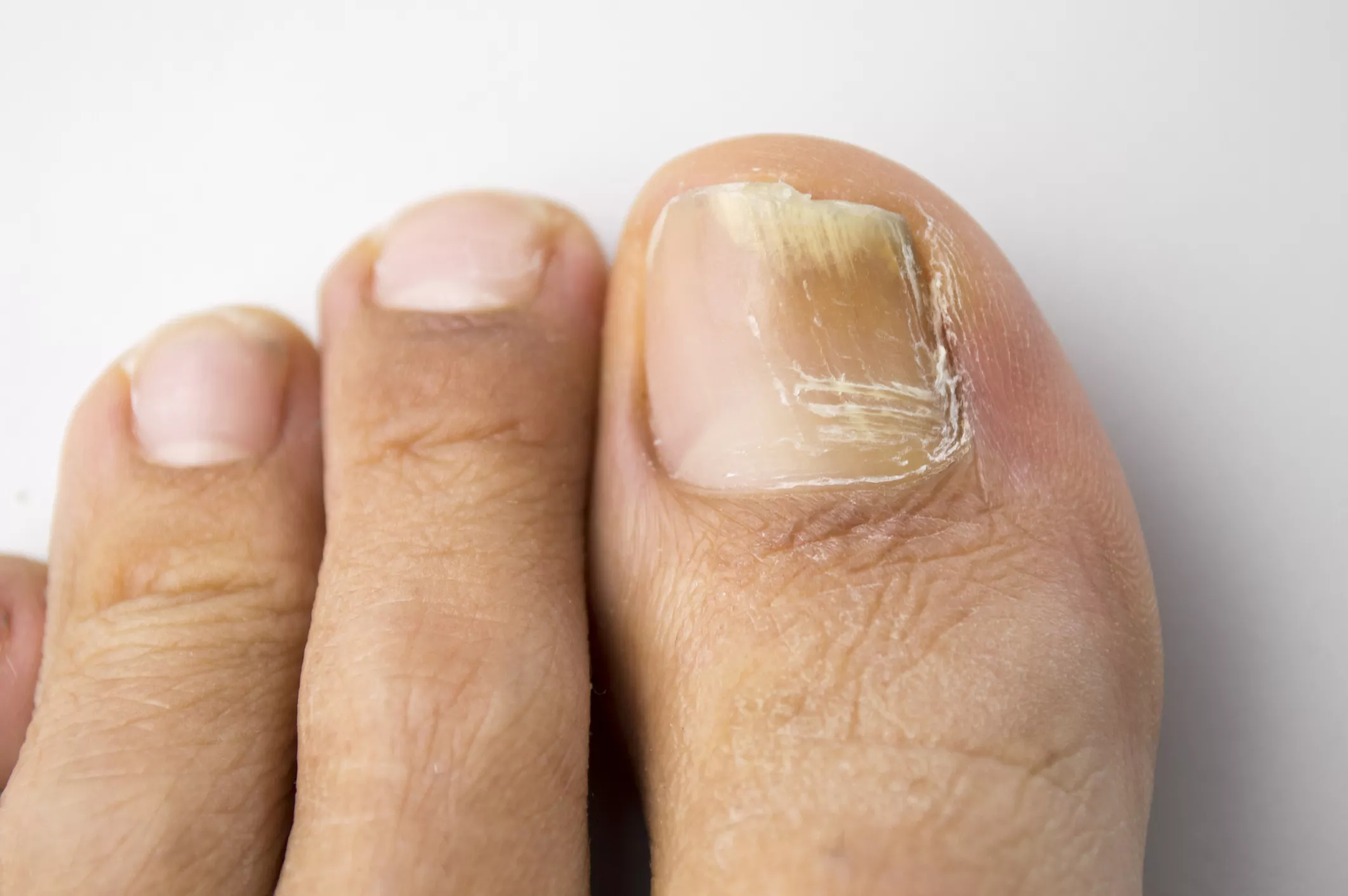



Do I Have Nail Fungus Signs You Have A Nail Infection
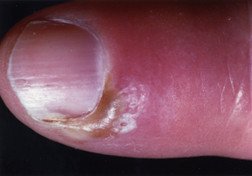



Paronychia Guide Causes Symptoms And Treatment Options




Acute And Chronic Paronychia American Family Physician
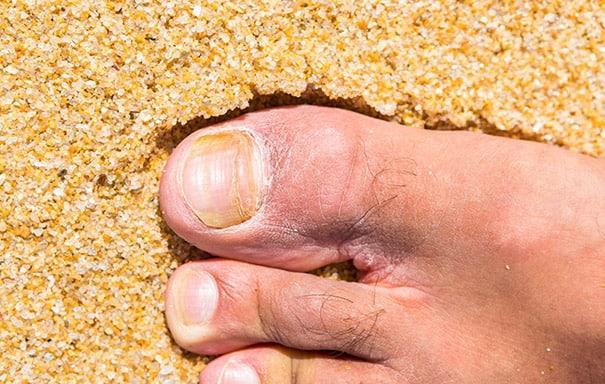



12 Warning Signs Of An Infected Toenail Lasante Health Center Multi Specialty Health Clinic




Nail Fungus Treatment Pictures Causes Remedies Medications




Chronic Paronychia What You Should Know American Family Physician




Acute And Chronic Paronychia American Family Physician




Rjzefy5ahvha4m




Home Remedies For Pus Under Fingernail
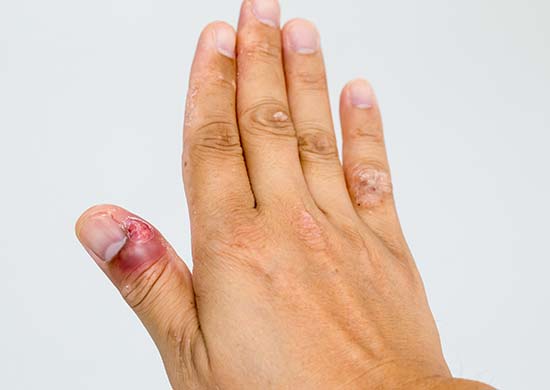



Toenail Infection Fingernail Infection Raising Children Network




7 Effective Toenail Fungus Treatments Best Natural Home Remedies
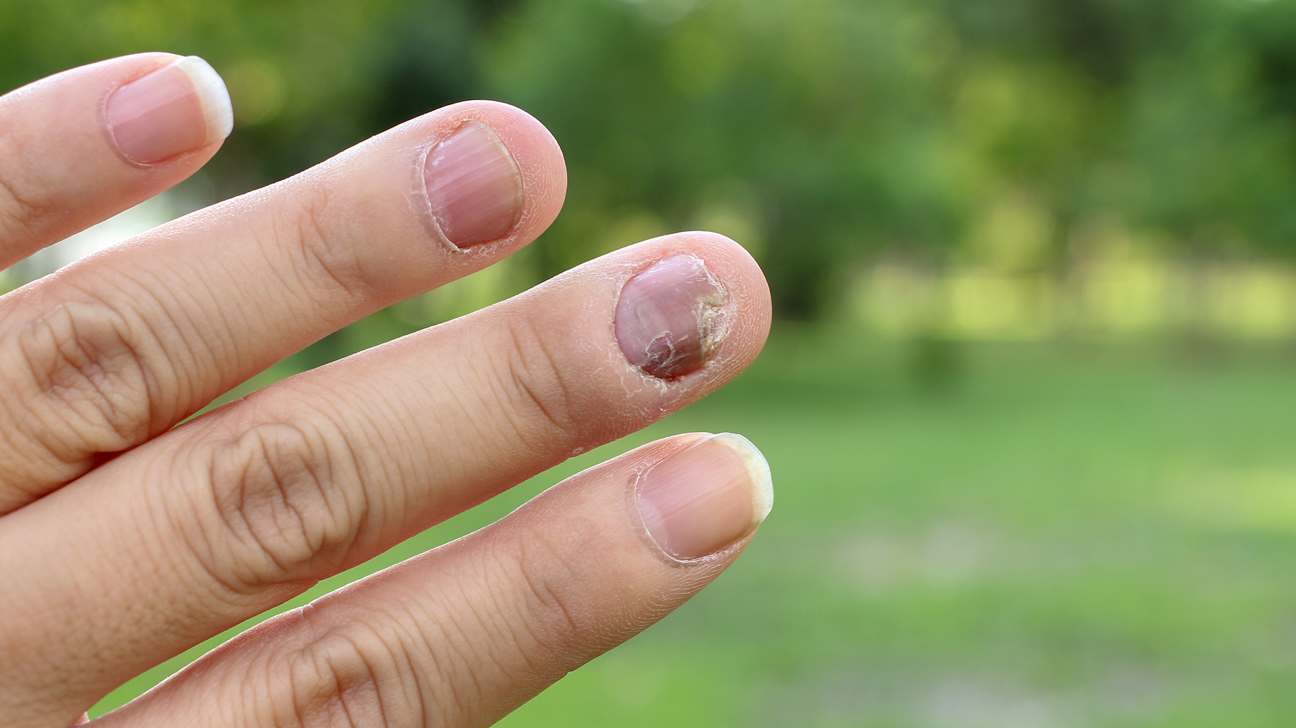



Nail Psoriasis Vs Fungus Learn The Signs
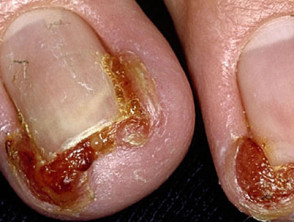



Paronychia Dermnet Nz




Paronychia Wikipedia




How To Drain A Finger Paronychia Medmastery
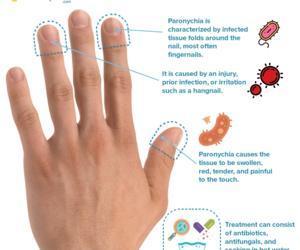



Paronychia Nail Infection Types And 5 Ways To Treat Paronychia



Onychomycosis Wikipedia




Girl S Nail Biting Infection Nearly Leads To Fingertip Amputation Health Com
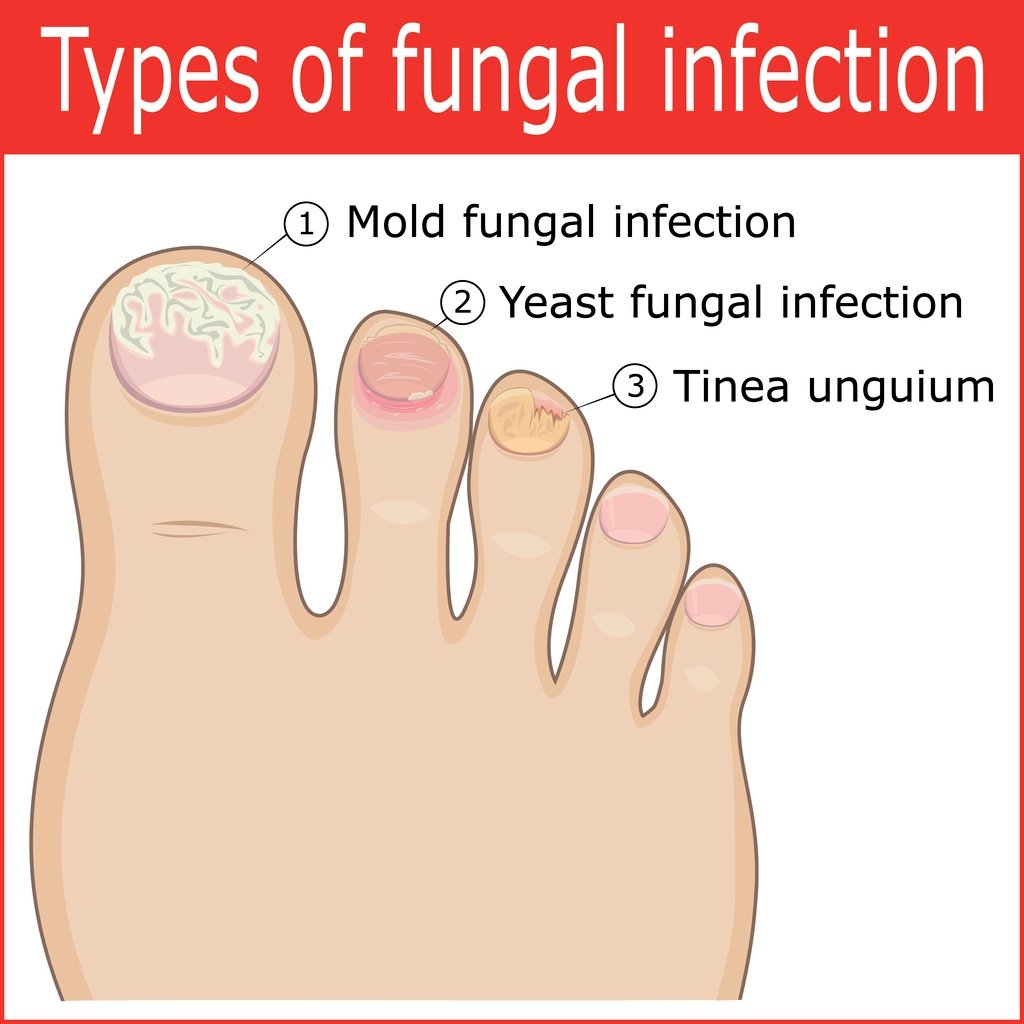



Cure Toenail Pain From Fungus Infection




How To Prevent And Treat Ingrown Toenails Cleveland Clinic




Fungal Nail Infection Treatment Causes Medications Picture
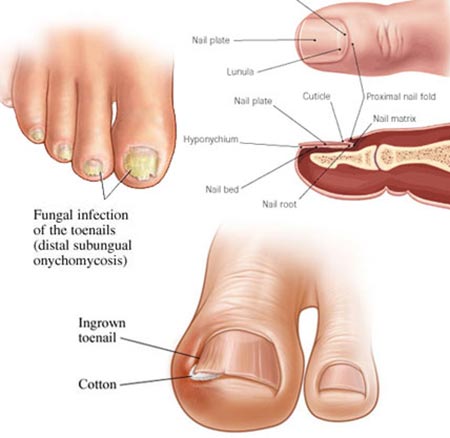



Toenail Fungus Treatment In Nyc Manhattan Foot Specialists




95 Paronychia Stock Photos Pictures Royalty Free Images Istock



0 件のコメント:
コメントを投稿